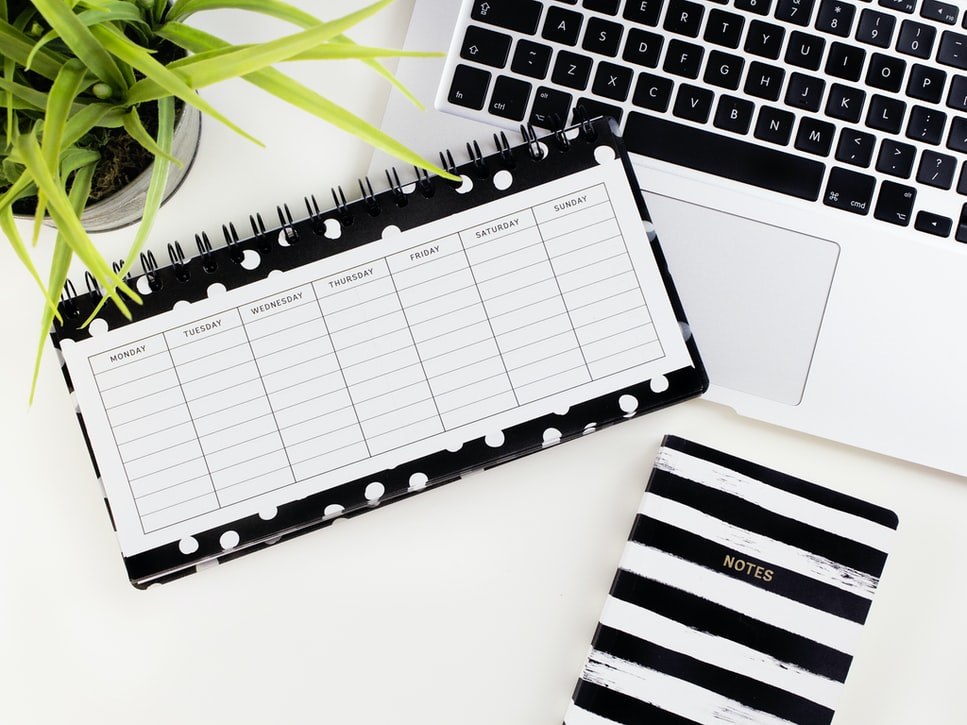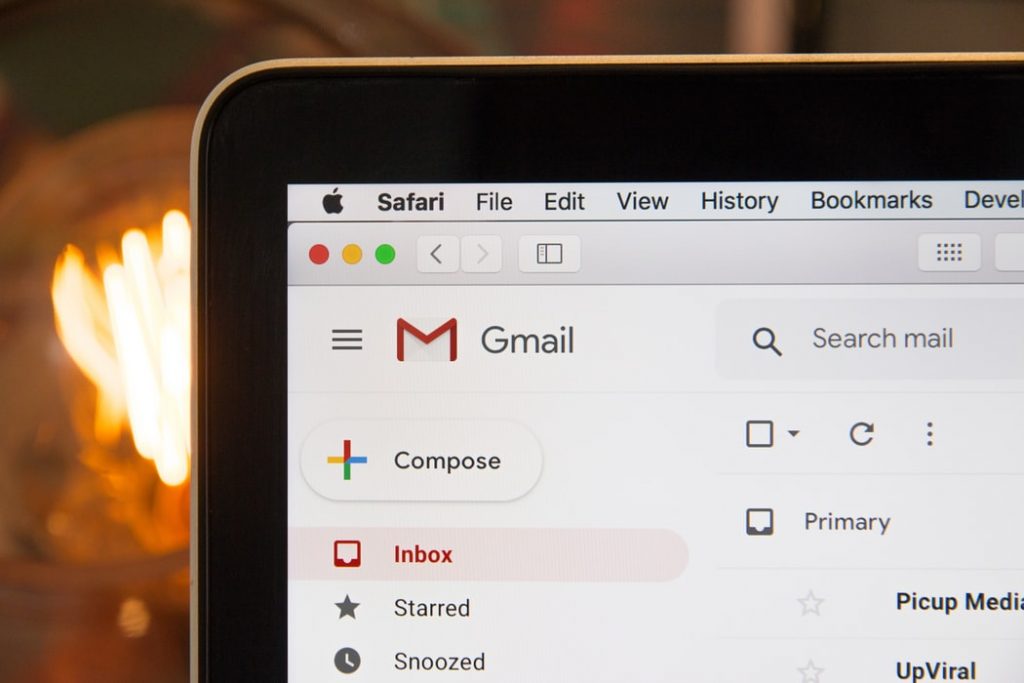Last Updated on August 4, 2022

Boosting your customer relations is one of the best ways to establish a long-term relationship with your audience. After all, the way your brand interacts with its customers is the foundation for how much revenue you have, what your brand’s reputation is, and how well you retain customers among other things.
Sadly, however, not everyone knows how to boost customer relations correctly. There are many techniques used by businesses of different sizes and in different industries, but those that are using various follow-up tactics are by far the most successful. Hence, here is how to boost your customer relations and the five follow-up strategies that work.
#1 Use A Schedule to Follow Up

First and foremost, you need to have a schedule to follow up if you want to be successful with your strategy for boosting your customer relations. Without a good schedule, you may end up being chaotic with your follow up messages which will result in much lower results than you expected. It doesn’t matter if your team is doing remote work or if you are all based in an office – you need to have a schedule for effectively using the follow-up strategies you choose. Here are some things to keep in mind when you start creating the schedule:
- ► Keep in Mind Everyone’s Abilities and Necessities: When creating your follow-up schedule, the first thing you should think about is your team’s abilities and necessities. To follow up on your customers effectively, you must always remember about what your team is able to do in the first place. At the same time, your employees’ necessities are also important, so don’t forget about time zones (if you have an international remote team, for example) or weekends for everyone to rest.
- ► Don’t Overestimate Your Strengths and Don’t Underestimate Weaknesses: That being said, you must also remember not to overestimate your team’s strengths and not to underestimate its weaknesses. If you know that a certain aspect of following up is not something your employees are good at (e.g. finding relevant images to use), then you should have more time for this task.
- ► Be Consistent with Your Follow-Up Strategies and Techniques: One more thing you need to do is be consistent with your follow-up strategies and techniques to really make your customer relations better. If you schedule a certain task for Wednesday, you need to make sure that it lines up with what you scheduled for Monday. This way, you will be more consistent with what you are doing as a part of your follow-up plan.
- ► Adjust the Schedule When It’s Needed or Appropriate: One crucial thing you should never forget about your follow-up schedule is that you can adjust it when it’s needed or appropriate. If something isn’t working, you shouldn’t stick to it and try to make it work no matter what. Perhaps you simply need to try something different and find another approach to the matter at hand.
#2 Respond Quickly with Relevant Content
The second thing you should do with your follow-up strategies is respond quickly with relevant content. The thing is that following up is not just about getting back to your customers after they’ve made a purchase, performed an action on your business websites, or interacted with your brand in some way. In fact, it is also about responding to them directly reaching out to you. Here are the different situations when you will have to respond to follow up on your customers:
- ► Questions: Your customer support agents will be regularly getting questions from your audience. These won’t be questions just from your current customers but also from your potential customers which is why it is so important to answer these questions: on one hand, you need to keep your current customers, but on the other, you should also attract new ones. Relevant content is crucial when you are replying to customer questions so you should have customer support agents that are ready to provide such detailed and helpful answers.
- ► Feedback: Another topic that will come up often when your customers contact you is feedback. Sometimes, they will send it directly to you, but most of the time, they will be writing reviews on your website, on reviews sites, and on social media platforms. The goal is to follow up with them and reply with a thank you or with relevant information if they have any concerns about the product they want to purchase or that they have already purchased.
- ► Social Media Interactions: While you will be getting feedback on social media platforms, you will also have different interactions with your audience on social media. Sometimes, users won’t be tagging you directly but will only be mentioning your brand which is why you need to actively search for such mentions and follow up on them. Comments under your posts can also be a great place for interactions, so remember to reply to them as well.
- ► Email Follow-Ups: Perhaps the most common one out of all the follow-up strategies, email follow-ups are a must for your brand. When a customer makes a purchase or performs an action on your website leaving their email for you, it’s worth following up on them and sending them more relevant information, personalized discounts, sales and promotional info, and so on.
#3 Perfect Your Follow-Up Emails

Speaking of follow-up emails, you need to perfect them because email follow-ups are the primary technique out of all the follow-up strategies. Ask any expert from the best paper writing website and they will tell you just how important such emails are. To improve your follow-up emails, you can use a variety of tactics including:
- ► Customizable Templates: Using customizable templates for your emails will allow you to create emails much faster and maintain a particular level of quality and consistency. It’s important, however, to remember that templates always have to be customized according to the occasion so that you don’t end up having nearly identical emails. Make sure to find templates for all kinds of emails you will be using for following up including transactional and conformational emails, sales info emails, discount and promotional emails, and so on.
- ► Marketing Automation: Another thing to think about is marketing automation or rather tools used for it that you can apply to your follow-up emails. Marketing automation will allow you to improve your customer relations with less time and effort spent on the marketing itself while still delivering relevant content efficiently. You can start by using email marketing automation tools to send out emails in bulk and then try other automation tools for email creation and other email-specific practices.
- ► Customer Surveys: What’s interesting about customer surveys is that they can provide you with valuable target audience opinions on pretty much any aspect of your brand or products. Likewise, you can get feedback on your own emails and see what your mail subscribers would like to see from you in the content you send as emails. For example, your subscribers may have an issue with your email design and layout and might ask you to have more action buttons in your emails or they might want to see more relevant promotional info that they feel is too general. You can get both of these perspectives only by having customer surveys to collect such information.
#4 Meet People Where They Are in Their Journeys
One thing many business owners forget about is that it’s absolutely necessary to meet people where they are in their journeys. This is the only way to strengthen your customer relations at every level of the customer journey and on every platform where your customers interact with your brand. Here are the checkpoints you should pay attention to and make sure to meet potential and current customers at these checkpoints:
- ► Ads: If you regularly launch ad campaigns, a big part of your traffic will be coming from these ads and for many potential customers, these ads will be the first point of contact with your brand. That being said, the only way you can follow up on people who saw these ads is by launching retargeting campaigns that will remind users about your brand and will guide them back to your website.
- ► Social Media: While social media platforms will be the ones where many of your ads might appear, there are other ways that your brand can be discovered on social media. Users will see shoutouts or mentions of your brand on other accounts and might come to your brand profile to check it out. The giveaways and contests you launch on social media could also be the point of interaction for some of your customers. In any case, you need to determine the different ways your audience interacts with you on social media and focus on them.
- ► Website: In some cases, your potential customers will directly come in contact with your brand through your website. This will usually happen when your website shows up in search results, so you need to make sure that all of your pages have calls to action that will prompt your site visitors to explore your website or perform other actions you want them to make.
- ► Other: Even if you keep in mind ads, social media, and website, you will still have some checkpoints to remember about. If you advertise offline, then you will have some offline checkpoints. If you use a variety of marketing techniques, then you will definitely have more checkpoints to take care of.
#5 Analyze Performance of Your Follow-Ups

Last but not least, you should always remember to analyze the performance of your follow-ups and see if there are any adjustments or changes necessary. Analyzing follow-up performance and improving your follow-up strategies is one of the most essential elements of growing and developing your customer relations. Such performance analysis has a somewhat similar quality as IT support for your team: it doesn’t seem necessary until you are in a complicated situation with no solution. In other words, if you don’t improve your follow-up strategies, you won’t be able to grow above yourself, so here’s what you should do:
- ► Track Follow-Up Performance Across Different Channels: First, you should track the performance of your different follow-ups across the different channels you are using. For example, a remote support software offers data analysis on customer service performance. It’s important that you use these tools to assist you in the process because this will make it easier for you and you will collect more accurate data and plan the right strategy.
- ► Align Follow-Ups Across Different Channels: While tracking the performance of your follow-ups, you need to align them across the different channels that you are using for following up so that you don’t send content and follow-ups in an inconsistent manner. After all, this will only confuse your audience.
- ► Analyze Follow-Up Performance Separately: Once you have collected the data about your follow-up performance, you need to analyze this performance and see how well certain techniques you are using do.
- ► Put the Metrics into The Right Context: But even as you analyze this performance data separately, you still need to put these metrics into the right context. Compare them across channels and see how they performed based on the way you aligned your follow-ups across different platforms. Only then will you be able to see the actual results your follow-ups have shown.
- ► Improve Follow-Ups Accordingly: Lastly, you should improve your follow-ups accordingly. If only one or two of your follow-up strategies are underperforming, then you should focus on them but never forget the big picture. On the contrary, if there is an issue with the majority of your strategies, then you should probably rethink your entire approach.

To sum up, improving your customer relations with the help of different follow-up strategies and customer support tools are by far one of the best things you can do for your brand. Use the techniques listed in this article to follow up on your customers and turn them into existing or returning customers instead of letting them go and trying to find new customers instead.

Author Bio:
Dominic Beaulieu is an expert writer who specializes in creating various training and professional upgrade courses, materials, and manuals for the EssayAssistant website.
[…] Boosting customer relations is made a much simpler task through sentiment analysis. By determining the consumer’s mood through their query, the agent dealing with them will not be going into the interaction blind. […]
[…] journey is the first steps towards creating a lasting first impression. It literally marks the beginning of a long-lasting relationship and in turn, boosts the customer lifetime […]
[…] automation offerings. Following up with your customers allows you to connect, make improvements and boost customer relations. If a chatbot is not working for your business or needs some tweaking, your customers will let you […]